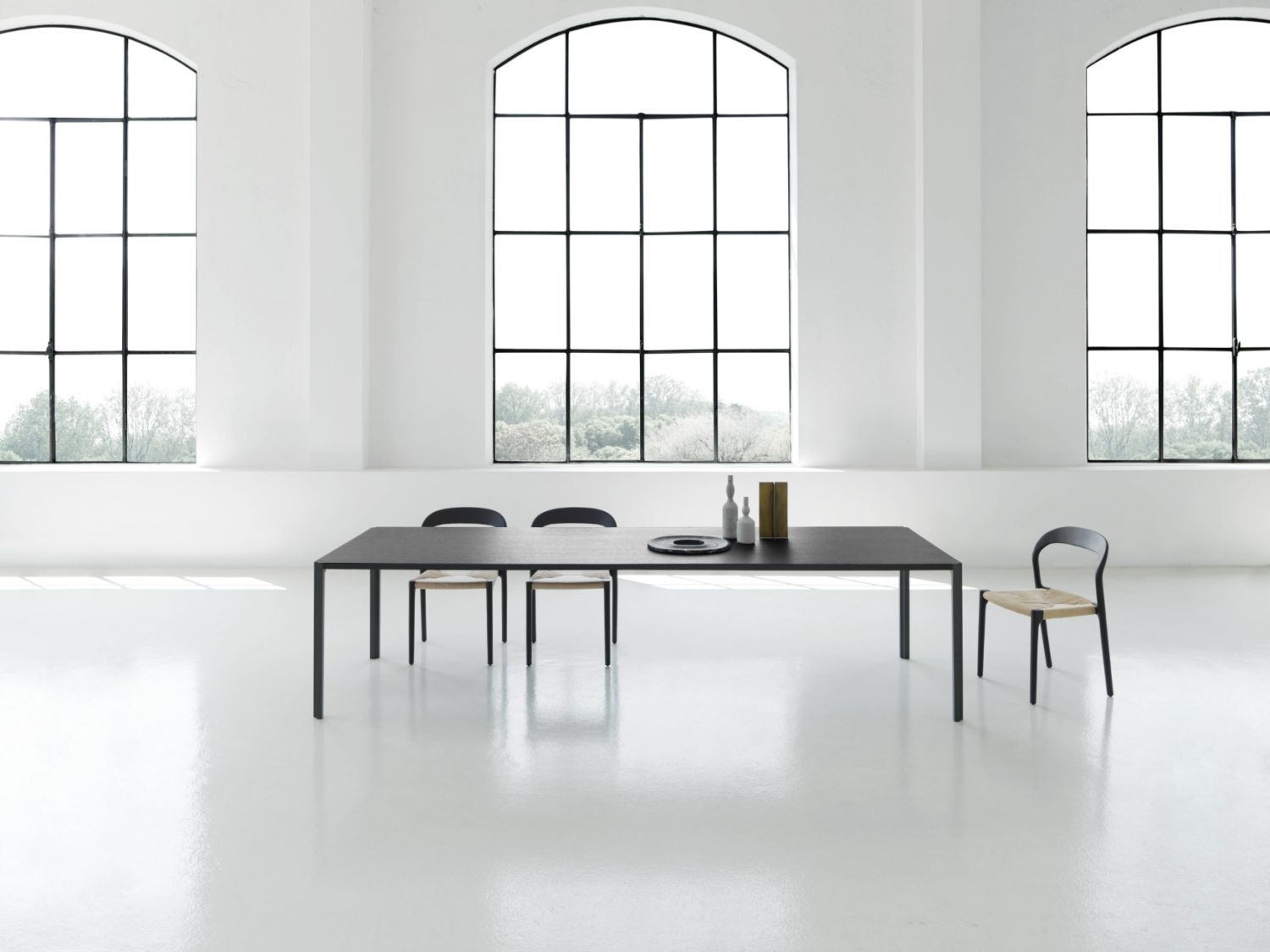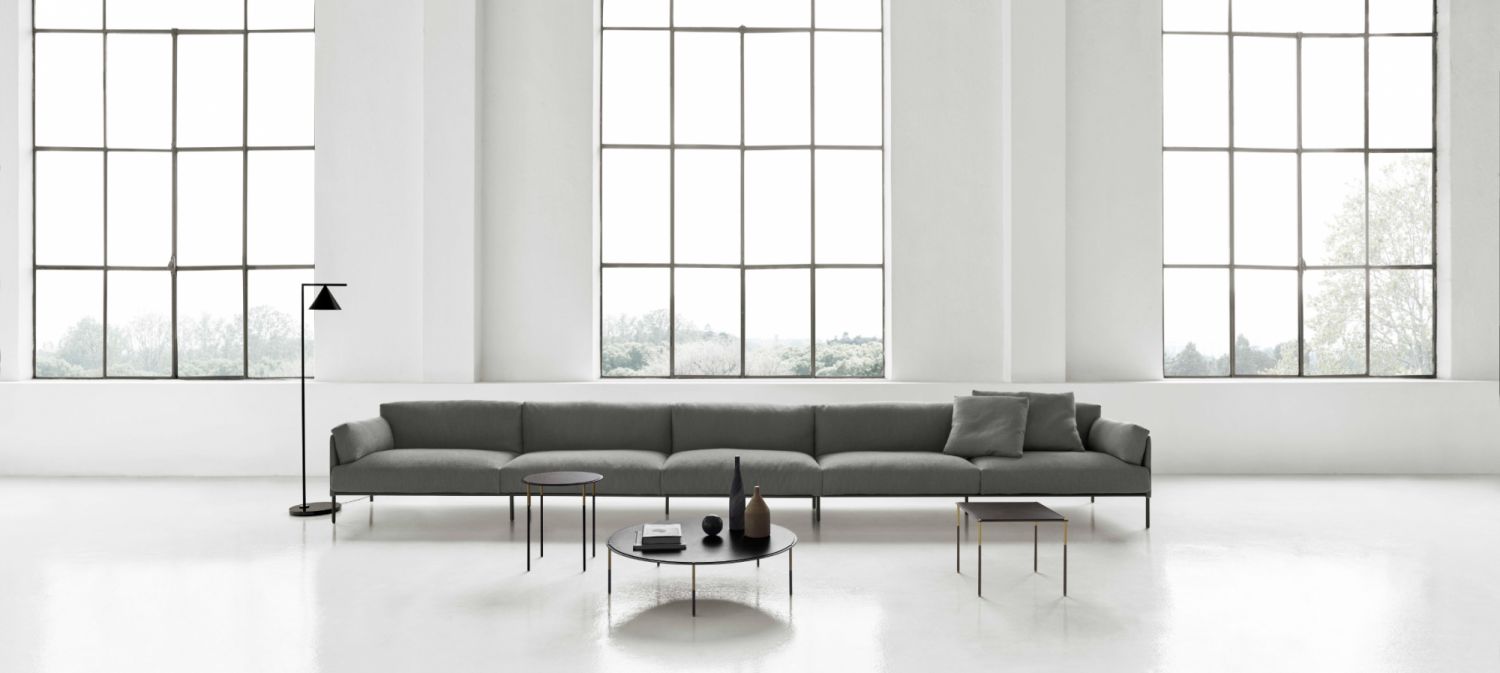David Lopez Quincoces revels in giving traditional techniques a new spin while creating products that are both elegant and timeless
“You need to love what you’re doing. Having my own studio is a natural way for me to evolve, express [myself] and find my design language,” declares Spanish designer David Lopez Quincoces, of his creative philosophy.
It’s why he founded Quincoces-Dragò & Partners, a Milan-based design practice that he leads with Fanny Bauer Grung, his partner in work and life. The couple design furniture for notable manufacturers such as Living Divani, as well as the beautiful interiors of a variety of apartments, showrooms, and cafes across Europe. In Singapore, Living Divani is available exclusively at Space Furniture.
Like most of the designers whom we met during Milan Design Week in June, Lopez Quincoces was thrilled to see more visitors returning to the city. Known for combining multicultural influences in effortlessly elegant ways, the designer’s creative approach shares a keen synergy and affinity with Living Divani and the brand’s creative director, Piero Lissoni.
Here, Lopez Quincoces takes us through his design process, and elaborates on the concept of the furniture collections his firm has designed for Living Divani.
Don't miss: Mood Board: How Cristina Celestino Designs Spaces With Stories To Tell

Tell us more about your collaboration with Living Divani.
David Lopez Quincoces (DLQ): Working with Living Divani is very easy as it’s one of the few brands with a clear vision on what is the DNA, design and aesthetic of the company. I worked with Piero Lissoni at [his firm] Lissoni Associati for almost 14 years until 2018. We understand each other pretty well in terms of aesthetic, workflow and everything; for me, he has been a friend and a mentor, [so working with him] is something really special to me.
Can you tell us more about your new designs for Living Divani?
DLQ: The new Greene modular system is a natural evolution of the original Greene sofa [which was designed in 2019]. We started with three basic measurements, plus the armchairs, which had a good response from the market. Then came in the requests to have the Greene sofa in L-profiles and U-shapes; so we started working on [creating] a completely modular system a year and a half ago, for very big spaces such as hotel lobbies or a large home.
The Graft table started as a discussion, as the brand needed a new table design. I wanted something that was a bit different than the usual tables we did for Living Divani. It’s an industrial approach to a very clean table, while aligning with the brand aesthetic. It’s more like a modular system; the legs are independent and have a structure to adjust the length and width of the top. Even though it seems simple, we’ve had a lot of thought put into it to allow for different measurements, and for it to travel separately without the structure mounted.
In case you missed it: How a Friendship Started Antonio Citterio’s 50 Years of Collaboration With Flexform




